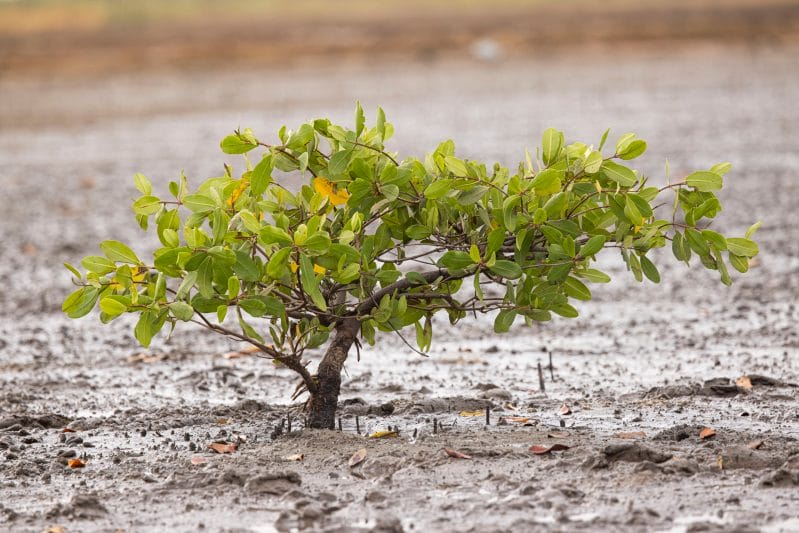Halting and reversing this degradation through Forest and Landscape Restoration (FLR) is now an international priority to address climate change, biodiversity loss, food and water security and improvement of human well-being.
Opportunities for FLR are huge and the potential benefits are substantial.
There is plenty of land available: two billion hectares of degraded land have already been identified. The benefits have also been quantified: achieving the Bonn Challenge and New York Declaration on Forests’ goal of restoring 350 million hectares of degraded land by 2030 for example could yield up to $9 trillion of net economic benefits. And that is without considering the ‘value’ of vital ecosystem services provided by forested landscapes such as regulation and protection of watersheds, climate and soil resources.
So how do we move forward? This new report published by The Global Partnership on Forest and Landscape Restoration (GPFLR) emphasises the need for public and private sector to join forces to deliver bold restoration targets and achieve the objectives of the UN’s Sustainable Development Goals. “We need to use this momentum to draw together political support, financial muscle and the entrepreneurship of the private sector and massively scale up restoration from promising pilot initiatives to an area of many millions of hectares” says the new report. This will require sending the ‘restoration message’ to high level decision makers to gain political traction. Countries need support to achieve their restoration targets and monitor outcomes.
This is probably the biggest challenge humanity has faced and no nation, no single organisation can address it alone.















